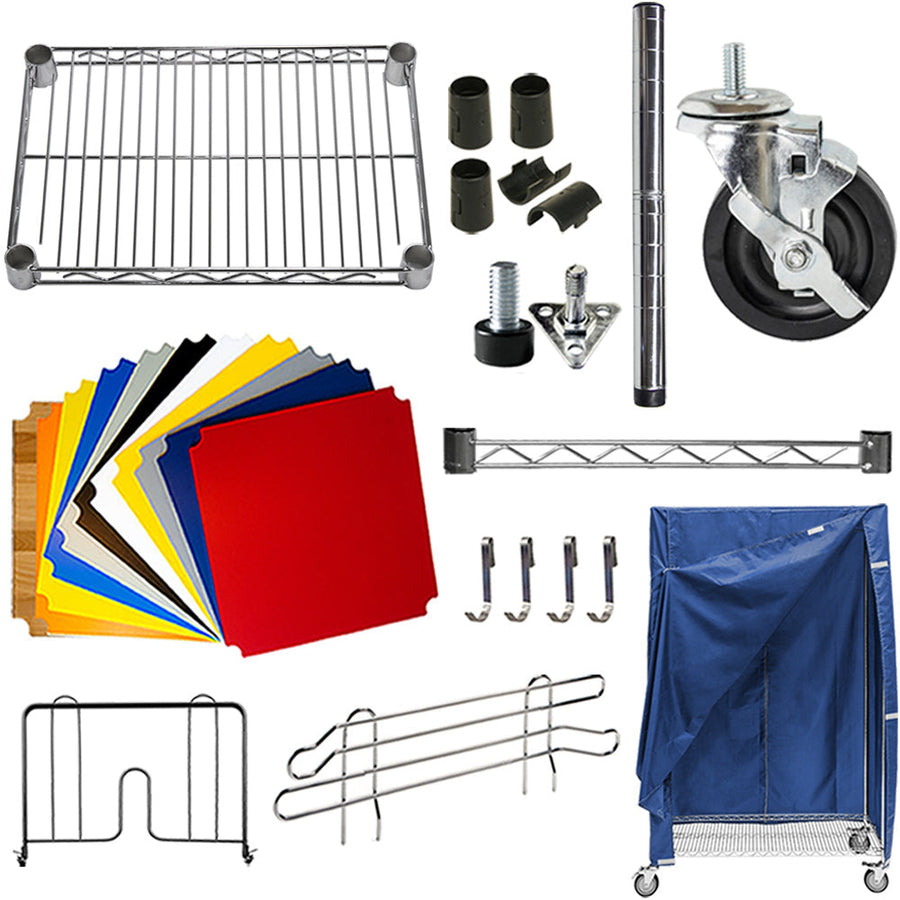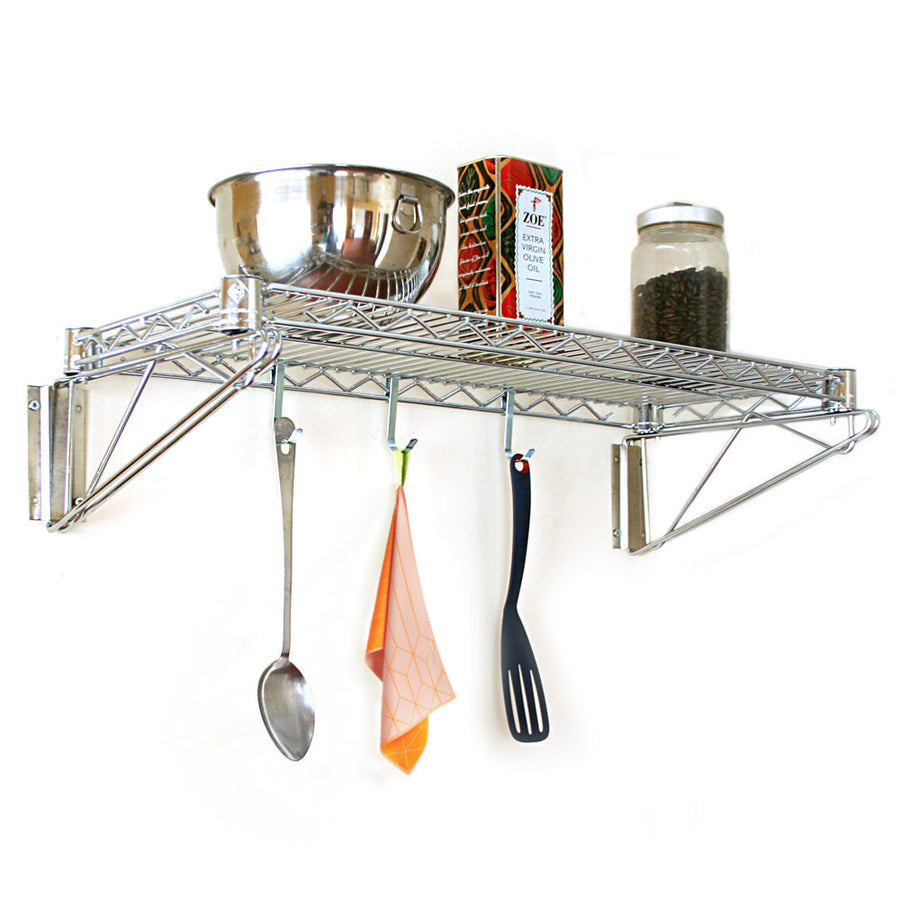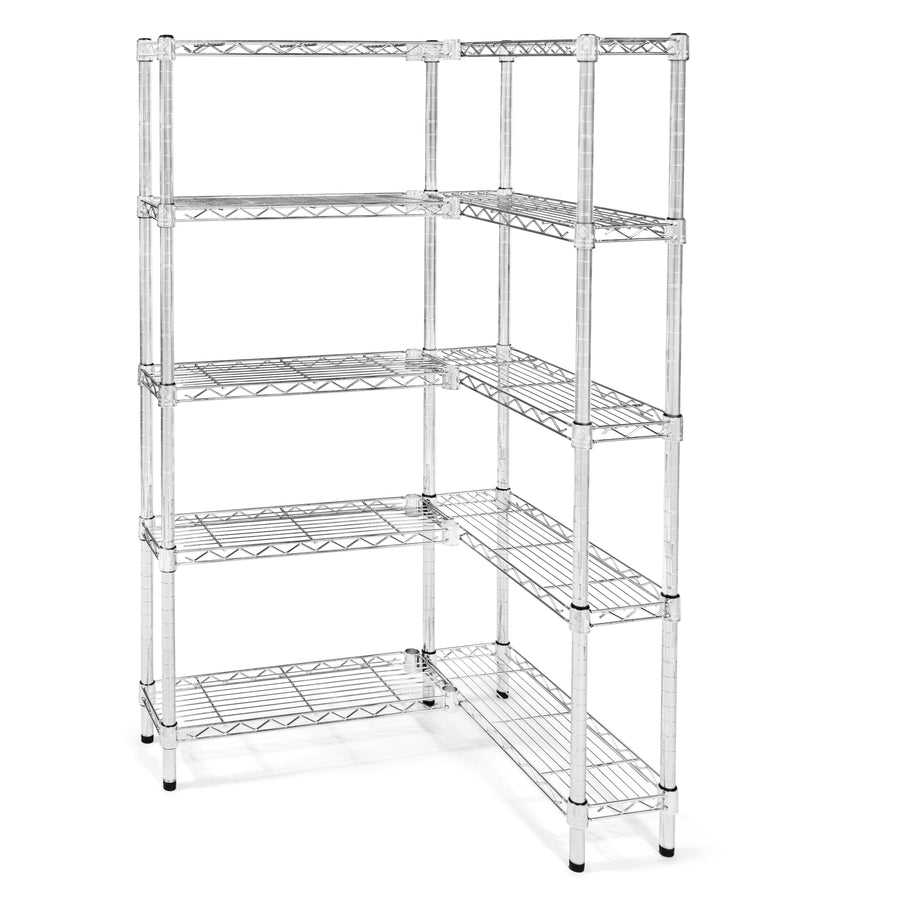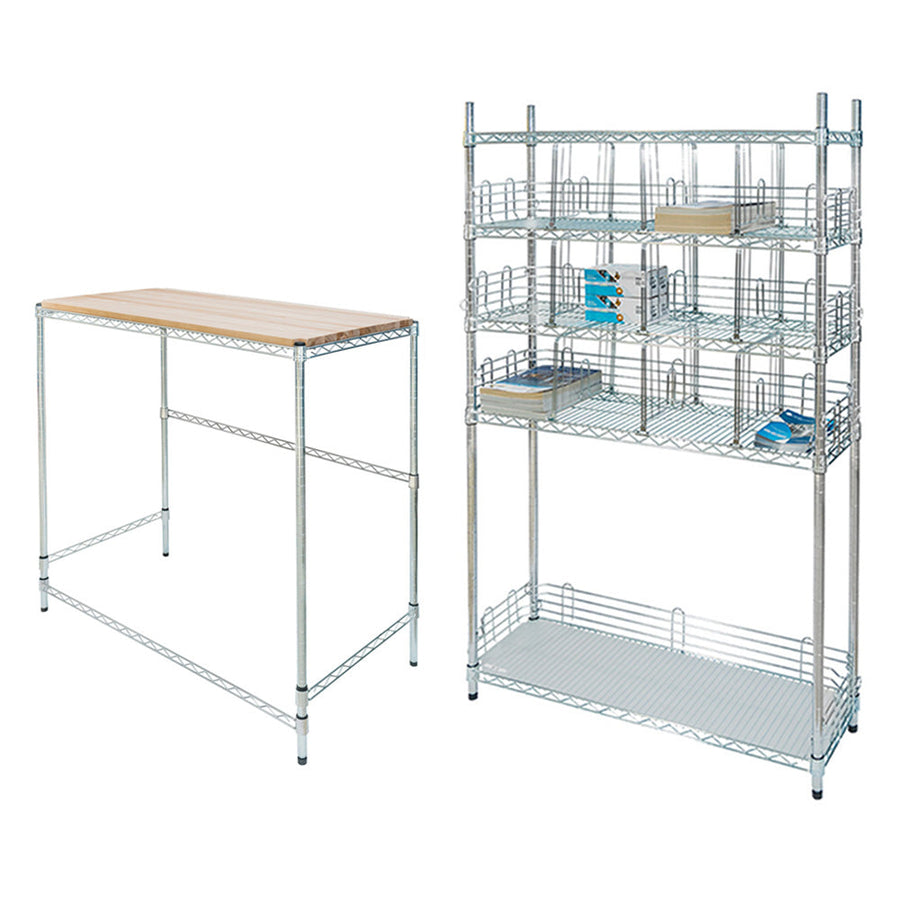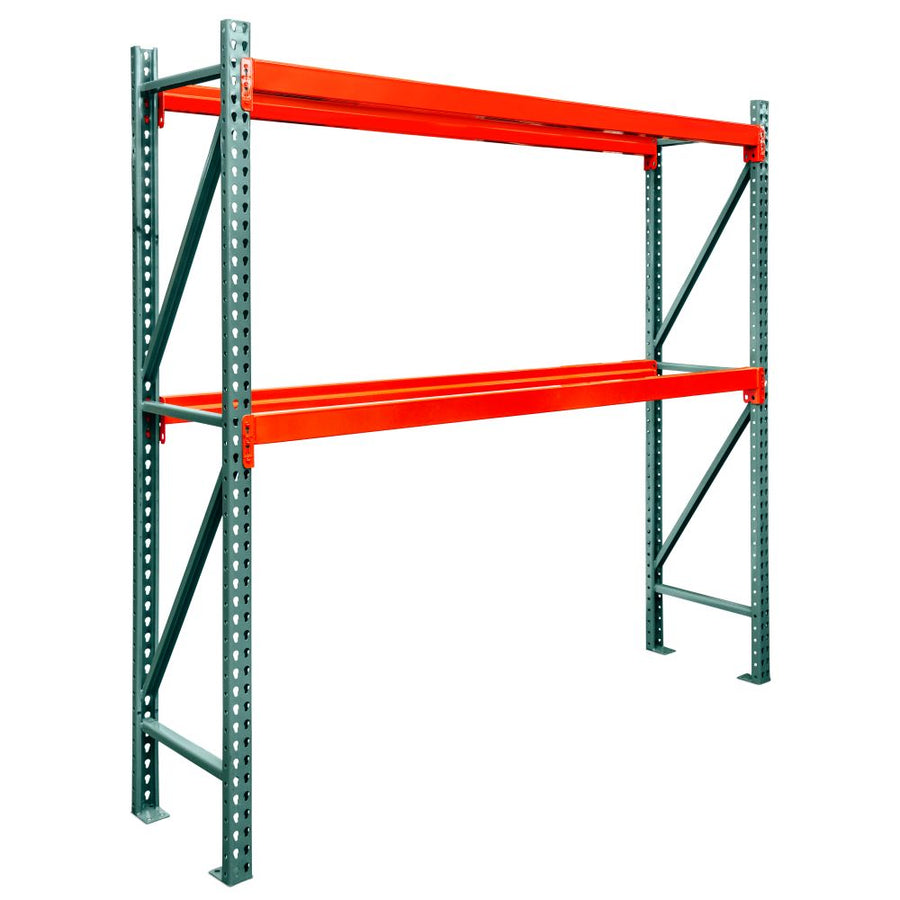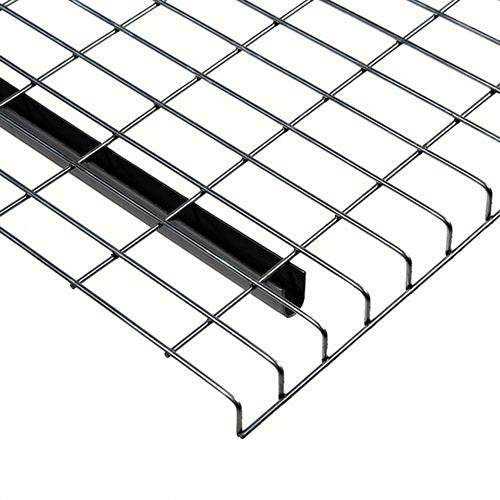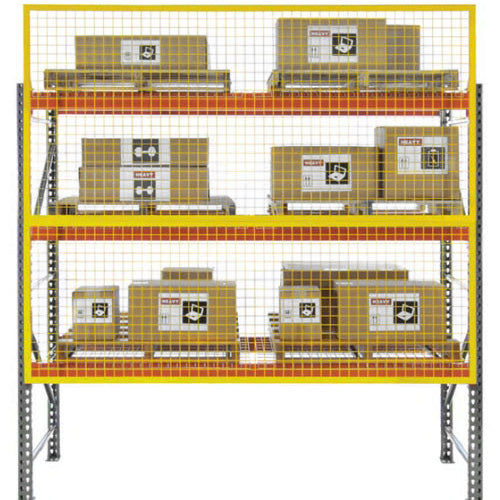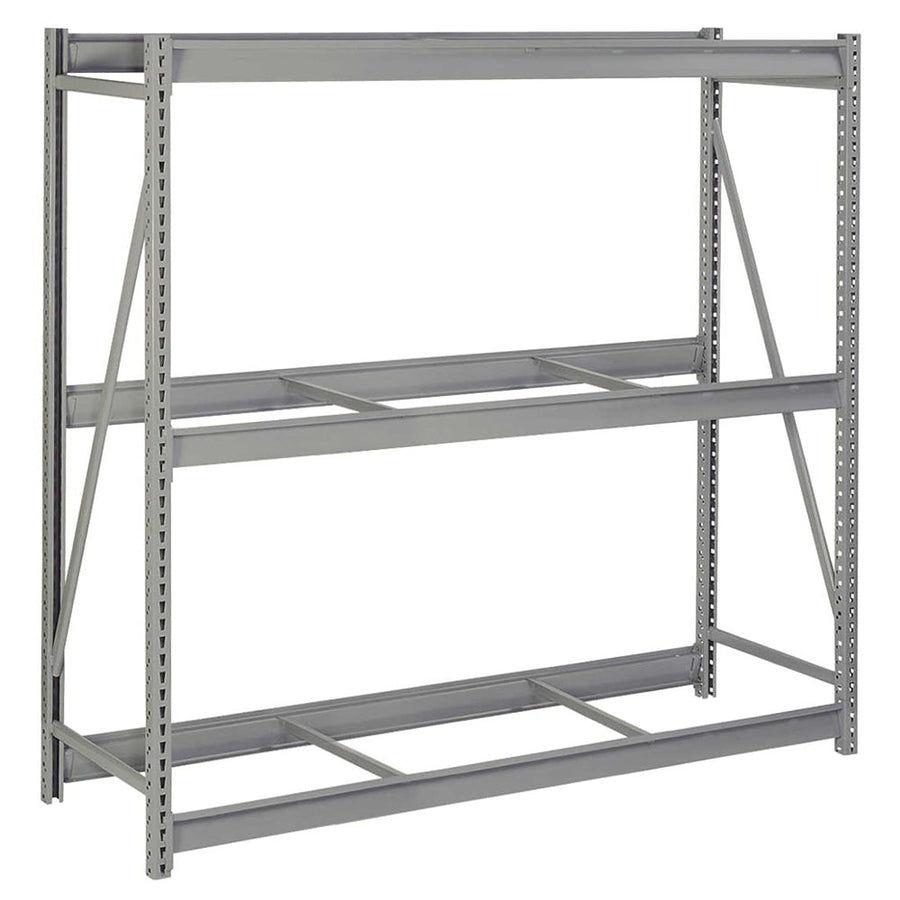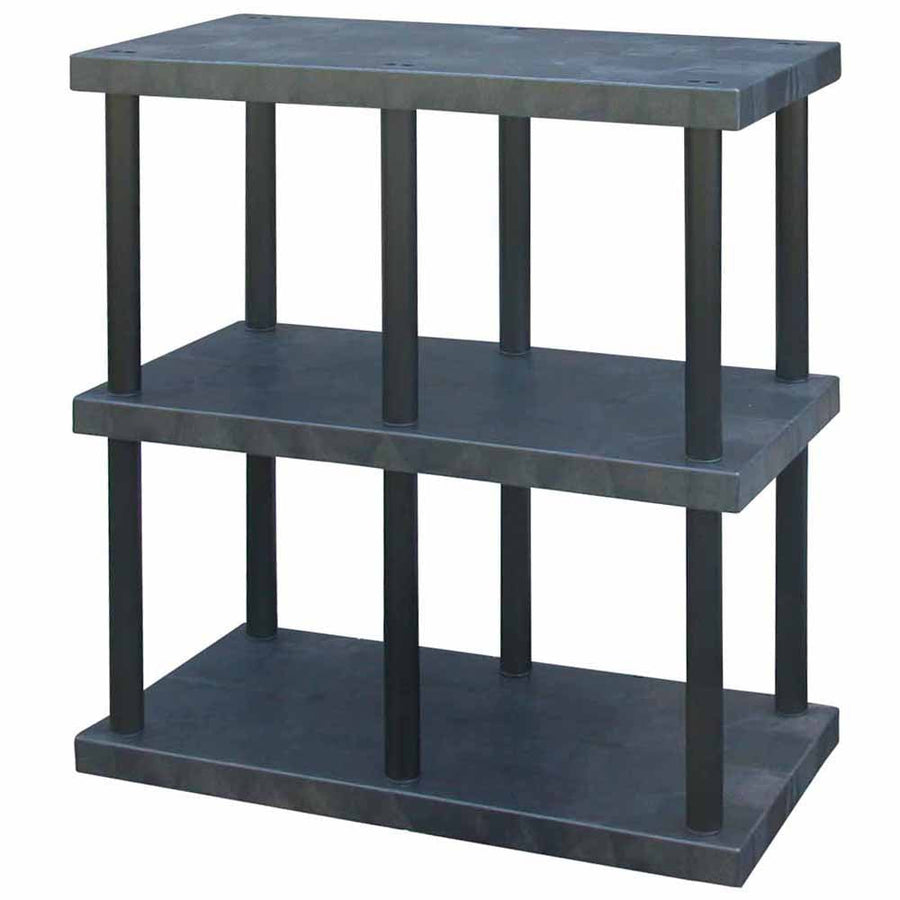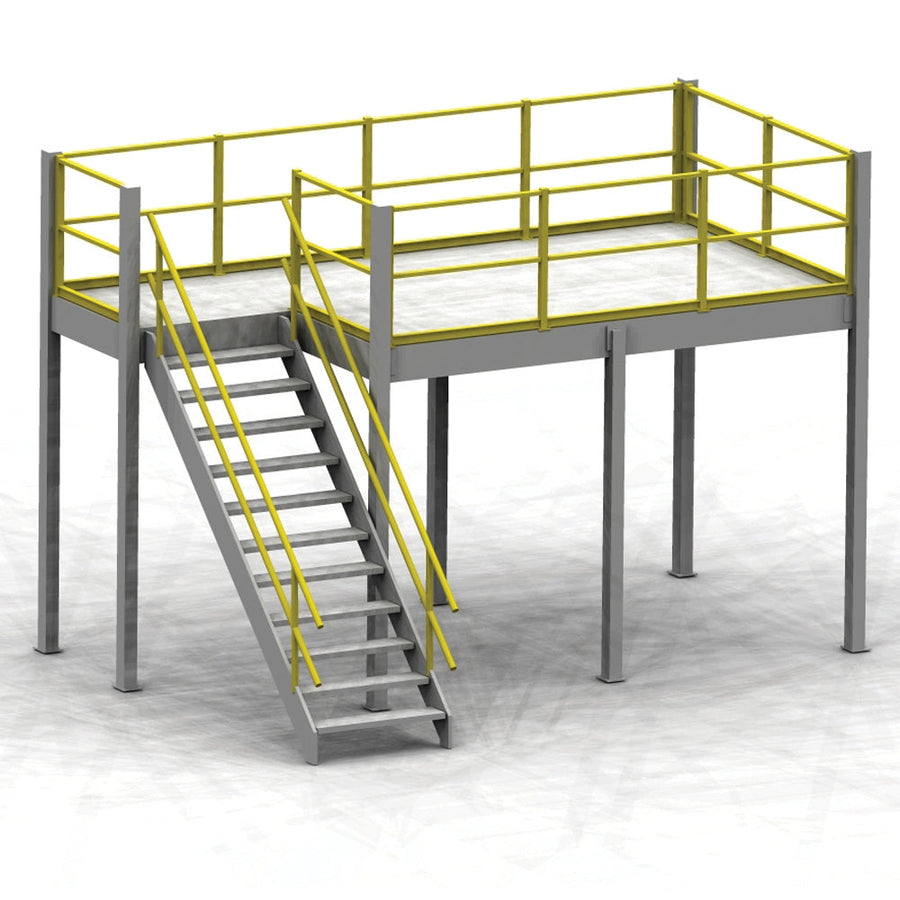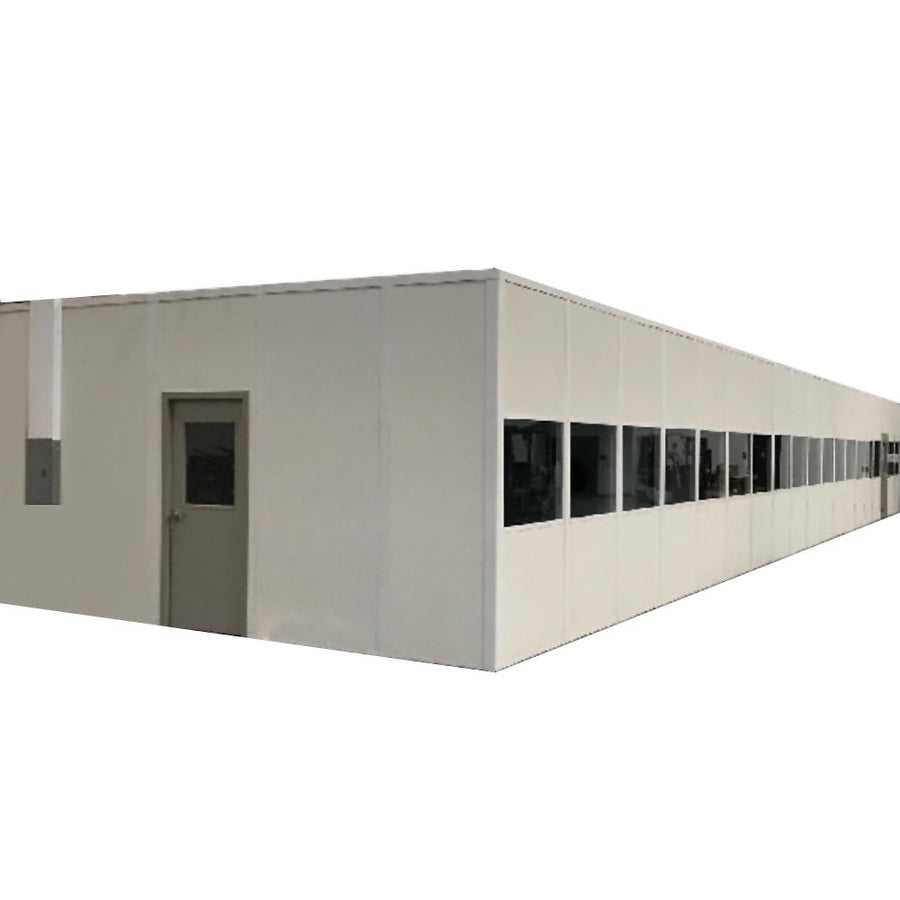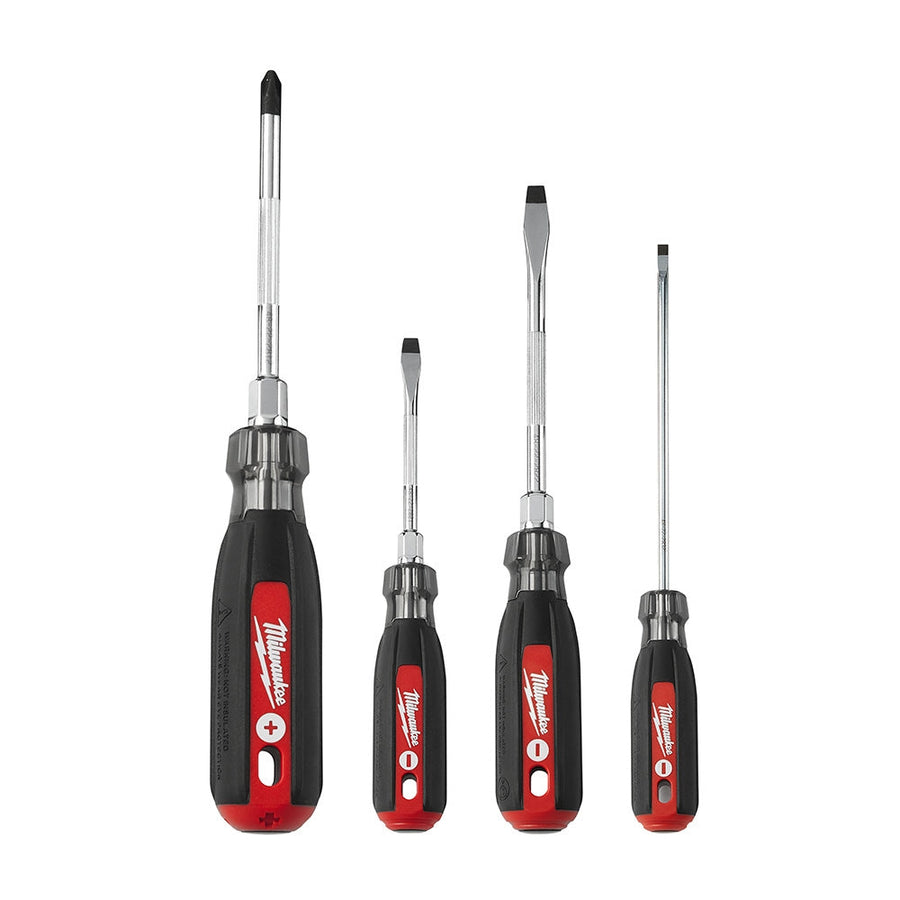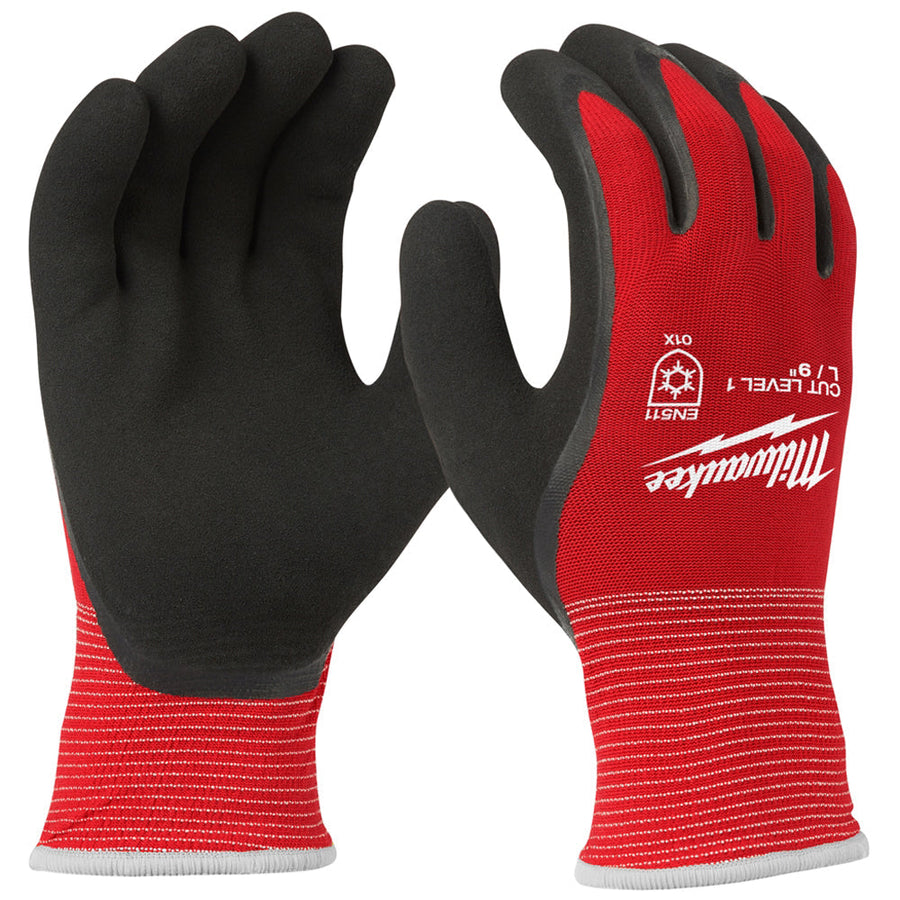In today’s fast-paced world of ecommerce and nearly-instantaneous delivery, the idea of the last mile has grown in importance to warehouses of all sizes.
A vital step in warehousing and supply chain operations, the ‘last mile’ refers to any final step in the shipment process, from picking items for shipments to ensuring the goods arrive safely and on time, even with the added pressure of next-day or same-day delivery that many retailers are beginning to offer.
Unsurprisingly, this increased focus on fast delivery, reduced handling times, and meeting (or exceeding) customer expectations has begun to impact how warehouses can pick their products and manage the final mile in delivery. If your warehouse is involved in hyperlocal or last mile product shipments and delivery, you may need to start facing a new series of warehousing strategies for your picking, storage, and delivery to ensure your goals are being met. A few of the most common issues encountered by last mile warehouses include:
Managing picking time
The overall amount of time that an item takes to be picked and made ready for delivery can have a huge impact on your overall last-mile performance. If part - or all - of your warehouse is being given over for hyperlocal ecommerce deliveries, you need to rearrange your warehouse shelving and pallet racking accordingly to keep up. Review the items with the highest sales figures or the most urgent delivery times (as many retailers will only offer a specific part of their inventory with faster shipments) and place those in easier-to-access areas to cut down on how long it takes your staff to pick these specific items. Focus on lower pallet shelves or shelving that doesn’t require a forklift or other special tools to access to focus on hand-picking and keep everything flowing more smoothly.
Better tracking for barcodes and item codes
Particularly these days in the idea of IoT for warehouses, using the right barcodes and item trackers on your products can provide better visibility and transparency across all steps of the last mile shipping process. Particularly for time-sensitive or temperature-sensitive goods (like perishables or electronics), developing a standardized barcode system that both your warehouse and logistics partners can access will provide better information to your customers and work to reduce lost or misplaced packages.
Measure performance and feedback
However your warehouse or retail outlet delivers goods and processes orders, last mile delivery demands a greater degree of awareness and transparency when it comes to tracking performance of any of your sales or shipments. Whenever possible, check for cart abandonment, order errors/mispicks, delays in delivery, and other KPIs that may have been set up between you, your vendors, and/or your delivery partners to ensure goals are being met and the customers are staying happy. If you can’t get your items to your customers as fast as they want, they’ll go find someone who will.
Be ready to handle an influx of returns
The rise of last-mile shipments and near-immediate delivery will also bring the unfortunate side effect of increased returns, as customers explore new buying patterns and returns items just as quickly as they were delivered in the first place. Staff up and gather new storage options as needed to better process these returns and get the items ready for sale again as they begin to filter back in to your warehouse.



